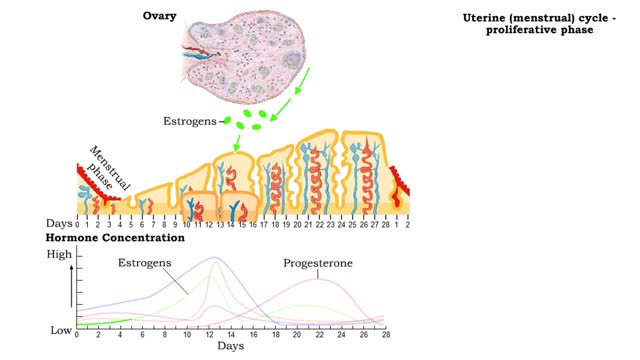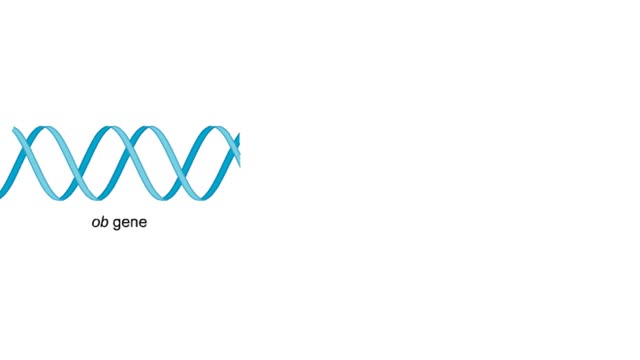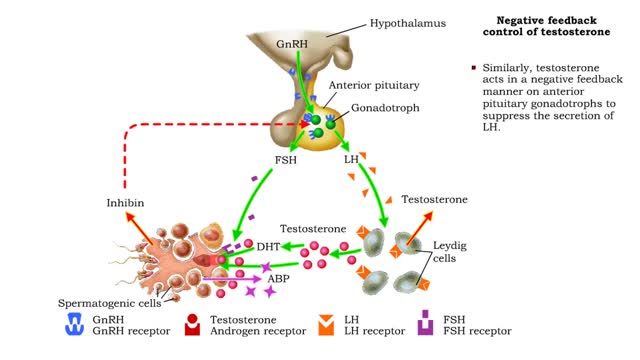Search Results
Results for: 'blood volume'
Uterine (menstrual) cycle - phases
By: HWC, Views: 11107
• The uterus goes through a cyclical developmental pattern to be ready for implantation and support of an embryo. • The uterine, or menstrual, cycle is under the control of ovarian horrnones. • The uterine cycle also has three phases: • Menstrual phase • Proliferative phase �...
Chronology of leptin research (A history of leptin research)
By: HWC, Views: 8234
In 1950. researchers at Jackson Laboratories noticed that one of their mice had become extremely obese—it had an insatiable appetite. Intrigued, they bred a strain of mice showing this characteristic. In the late 1960s, researchers surgically connected the bloodstreams of a normal mouse and a...
Endocytosis -Types and Phagocytosis
By: HWC, Views: 11257
Endocytosis is the process by which a substance is brought inside a cell without having to pass through the cell membrane. It is the opposite of endocytosis, the process by which substances exit the cell without having to pass through the cell membrane. Exocytosis – membrane-enclosed secret...
By: HWC, Views: 5403
Points at which organic compounds enter the reaction stages of aerobic respiration. Complex carbohydrates are broken down into simple sugars, such as glucose. They become the substrates for glycolysis. If your body doesn't need to burn glucose for energy, glucose-6-phosphate can be co...
By: Administrator, Views: 567
At conception, the gender and other biologic traits of the new individual are determined. The zygote is genetically complete and immediately begins to divide, forming a solid mass of cells called a morula. When the developing embryo (stage of development between weeks 2 and 8) reaches the ute...
Brain Anatomy Animation (Part 2 of 2)
By: Administrator, Views: 15528
Its nervous tissue consists of millions of nerve cells and fibers. It is the largest mass of nervous tissue in the body. The brain is enclosed by three membranes known collectively as the meninges: dura mater arachnoid pia mater The major structures are the: cerebrum cerebellum dienc...
Brain Anatomy Animation (Part 1 of 2)
By: Administrator, Views: 14656
The human brain is the central organ of the human nervous system, and with the spinal cord makes up the central nervous system. The brain consists of the cerebrum, the brainstem and the cerebellum. It controls most of the activities of the body, processing, integrating, and coordinating the infor...
Male Reproductive System - Testosterone
By: HWC, Views: 11782
• Under the influence of FSH and testosterone, Sertoli cells produce androgen-binding protein (ABP) that binds to testosterone and maintains high levels of the hormone near spermatogenic cells. • Testosterone stimulates the final stages of spermatogenesis. • In addition, testosterone is...
Cellular Defects - Osteoblasts, Osteoclasts and Osteocytes
By: HWC, Views: 10847
■ Metabolically active bone-building cells that secrete astroid. ■ Cover surfaces of newly formed bone and respond to growth stimuli ■ Less responsive to growth factors as the body ages. ■ Contribute to hone loss once their reproductive and biosynthetic potential lessens....
Advertisement











